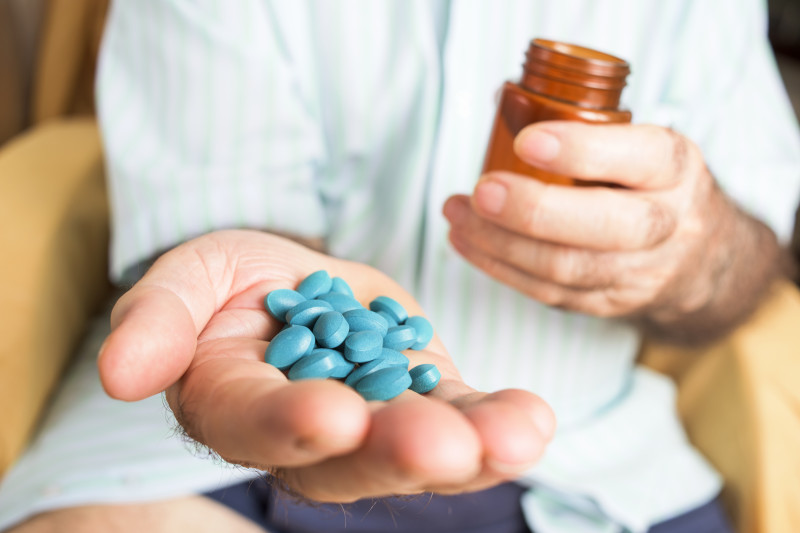Classes of Drug Addiction Programs and outpatient treatment programs for alcoholism
Those who have never encountered addiction first hand typically have no idea what goes on at rehabilitation facilities. Most laypeople are unaware of the various programs and therapies which medical professionals have successfully used to treat addicts. Television, movies, and other popular media often depict celebrities’ rehab programs, but these are almost always unrepresentative of average addicts’ treatments. In fact, these unrealistic portrayals of rehabilitation often contribute to the negative stereotypes of substance abusers and outpatient treatment programs for alcoholism.
Addiction is a complex, clinical disease, and its successful treatment requires tremendous efforts on the parts of rehab clinicians and patients alike. Rehab specialists devise individualized plans for addicts which involve the use of many traditional, proven treatment strategies. These treatments include:
Evidence-Based Therapy
Though many people don’t take the clinical nature of addiction seriously, the United States government has put significant resources into testing substance abuse treatments. Methods which have been rigorously tested, quantifiably verified, and government-mandated are commonly referred to as evidence-based practices. These therapies are typically the primary focus at rehab clinics.
Cognitive Behavioral Therapy and outpatient treatment programs for alcoholism
Clinicians using cognitive-behavioral techniques teach their patients that their unhappiness, frustration, and anger are results of their negative thought patterns. By learning to control their thoughts and emotions, addicts can change their mental and emotional outlooks on difficult situations. Ultimately, positive outlooks lead to productive behaviors which can help keep recovering addicts from returning to drugs or alcohol.
Biofeedback Therapy
An active drug addict will often ignore signs of bodily degradation as he focuses solely on his next high. After addicts undergo detoxification and withdrawal, they may still have compromised abilities to recognize physical stressors. Rehab centers use biofeedback therapies to address this problem. They teach recovering addicts how to monitor their bodies for signs of physical stress, signs which may be indicative of a future relapse. By understanding the way their bodies respond to stress while drug-free, addicts can avoid returning to substance abuse.
Reality Therapy
Reality therapy’s main purpose is to teach addicts the difference between situations they can control and situations they cannot control. By understanding the difference, substance abusers can take appropriate action to positively control their environments. Clinicians help addicts apply this mindset to their interpersonal relationships, in particular. Patients can form and foster essential bonds with other people by recognizing their roles in relationships and controlling their actions in a positive way.
In addition, reality therapy encourages a connection between patients’ therapies within rehab clinics and their drug-free lives post-treatment. By shopping, cleaning, cooking, and performing other daily tasks in the same environments as their treatments take place, rehab patients facilitate their transitions into their future, drug-free lives.
All of these therapies can take place in different settings. The three main settings most rehab centers use are:
Individual counseling sessions: Addicts meet with their therapists to discuss their behaviors and thought patterns and uncover the root causes of their problems. They may also discover co-occurring conditions such as depression or mania, which must be treated for lasting recoveries.
Group Therapies: Rehab patients meet in groups to share their experiences and give one another advice and coping strategies.
Family Counseling: Family members attend counseling sessions with addicts. A family may discuss ways in which an addict has hurt them all, but they also focus on improving relationships to support the recovery process.




